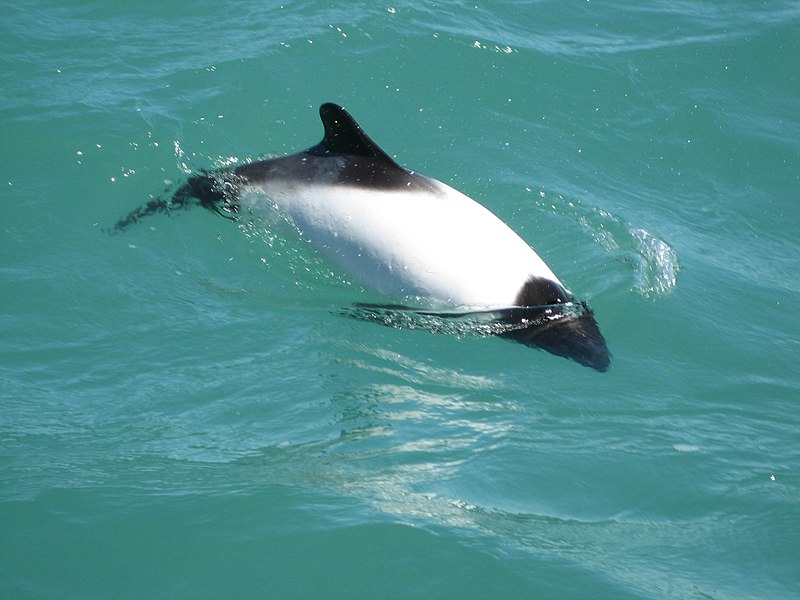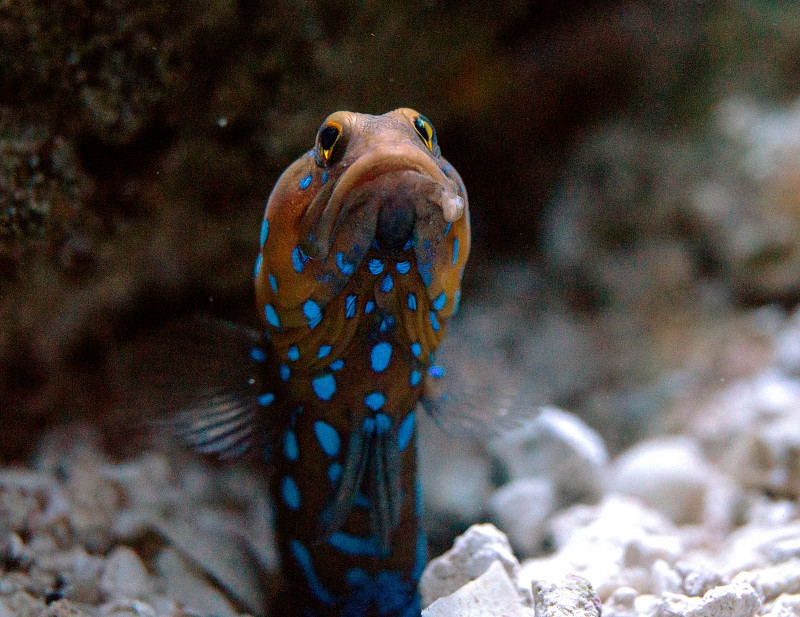Jawfish Facts
- First of all, the term Jawfish serves as the attention-getting common name of a relatively small group of unique fish. Furthermore, all members of the group classify as Perciformes.
- In fact, this rather surprising Family currently includes a total of 80 recognized members. However, several varieties grouped within this Family still remain undescribed species at this time.
- Further, out of the various known species of Jawfish, most actually appear to stable populations. Therefore, the IUCN does not currently list any of these fascinating fish species on its Red List.
- In addition, most of the recognized varieties have a very specific characteristic in common. That’s because the majority of them display a pronounced degree of territoriality, fiercely protecting it.
Related Articles



Jawfish Physical Description
Quite understandably, physical appearance among the various forms of Jawfish varies. Most species, however, remain rather diminutive in size. As a result, therefore, an average size roughly equals only 4 in (10 cm) in length.
But, a few of the recognized species, however, occasionally grow much larger. In fact, some of these occasionally attain lengths of as much as 44 in (0.5 m). However, these represent rare, exceptional individual specimens.
Further, the creature also remains quite popular for possessing heads, mouths, and eyes that develop comparatively large for its body. It also has a single, extended dorsal fin, as well as a caudal fin.
- Kingdom: Animalia
- Phylum: Chordata
- Class: Actinopterygii
- Order: Perciformes
- Family: Opistognathidae
Jawfish Distribution, Habitat, and Ecology
Most notably, all known types of Jawfish appear to be endemic to three specific parts of the world. These regions consist of the warmest portions of the Pacific Ocean, Atlantic Ocean, and the Indian Ocean.
Within this region, it also inhabits a highly specific range. Due to this fact, individuals usually reside in the sandy substrate of the ocean floor. However, it also rarely lives at depths of more than 656 ft (200 m).
There, the animal also feeds on plankton and other small organisms. In fact, it rarely leaves its shelter, except to feed. But, even then, it rarely ventures far, due to the powerful drive to defend its territory.
Finally, the Jawfish boasts an extremely unusual breeding practice, since it represents part of a family of mouthbrooders. Once laid, the adults carry the large number of eggs around in their mouths until they hatch. This period generally lasts for 8-10 days.
Species Sharing Its Range



Check out our other articles on 7 Lesser Known African Mammals, Indian Giant Squirrel, Snowy Owl, Iridescent Bark Mantis, Lake Como, Moon Orchid, Wood Frog, Saltwater Crocodile












Leave a Reply